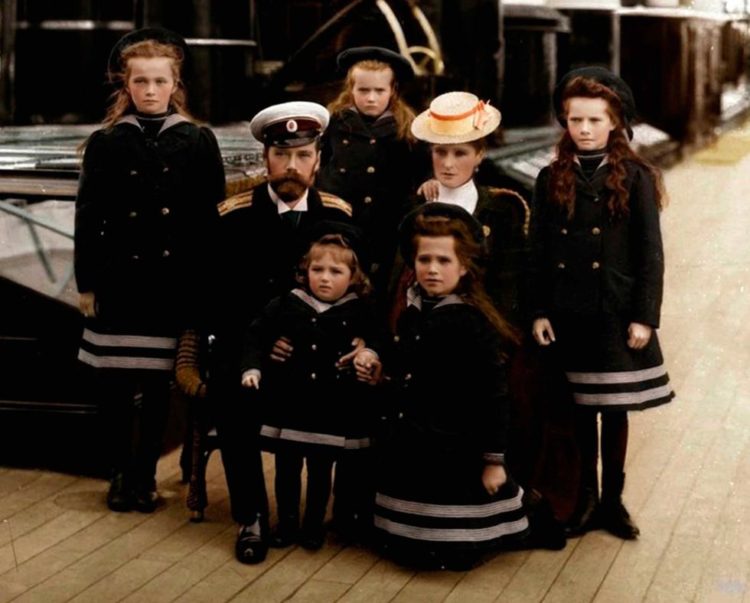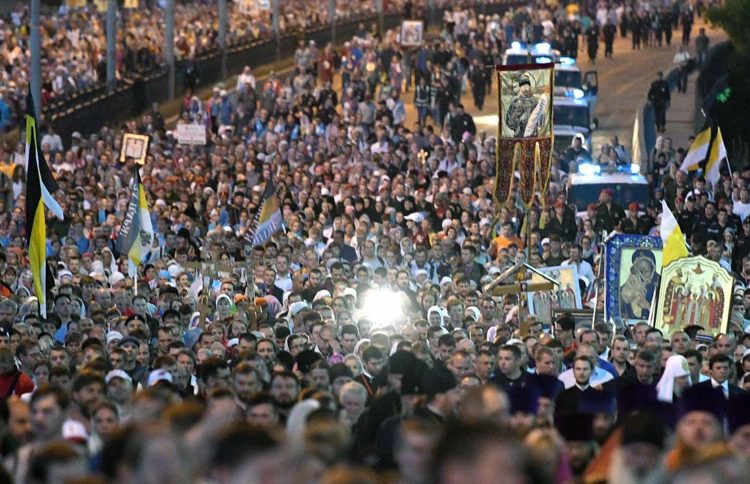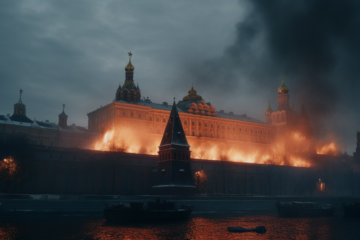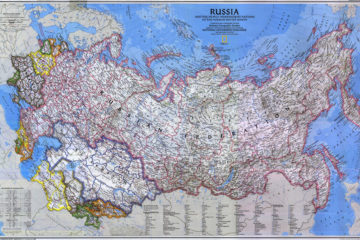100,000 Russians March to Honor Royal Family Murdered by Jewish Communists
EARLY IN THE MORNING of July 17, Patriarch Kirill of Moscow and All Russia led a 22-kilometer procession in honor of the Romanov royal family on the 100th anniversary of their murder. Law enforcement agencies reported that over 100,000 pilgrims participated. Tsar Nicholas II, his wife, Alexandra Fyodorovna, their five children Olga, Tatiana, Maria, Anastasia and Alexei, along with physician Yevgeny Botkin and three servants, were executed by Bolshevik revolutionaries on July 17, 1918.
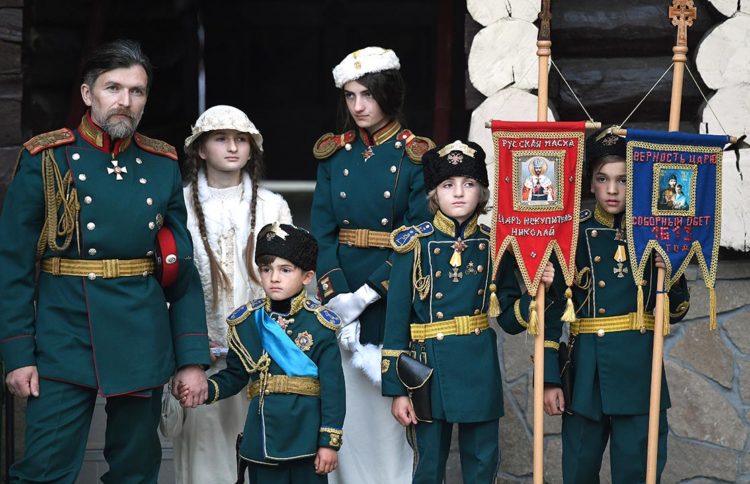
Appendix 1
The Brutal Murder of the Romanovs by Bolshevik Jews
The Russian Royal Family was executed and buried in July 1918.
AT ABOUT 1 a.m. on July 17, 1918, in a fortified mansion in the town of Ekaterinburg, in the Ural Mountains, the Romanovs — ex-tsar Nicholas II, ex-tsarina Alexandra, their five children, and their four remaining servants, including the loyal family doctor, Eugene Botkin — were awoken by their Bolshevik captors and told they must dress and gather their belongings for a swift nocturnal departure. The White armies, which supported the tsar, were approaching; the prisoners could already hear the boom of the big guns. They gathered in the cellar of the mansion, standing together almost as if they were posing for a family portrait. Alexandra, who was sick, asked for a chair, and Nicholas asked for another one for his only son, 13-year-old Alexei. Two were brought down. They waited there until, suddenly, 11 or 12 heavily armed men filed ominously into the room.
What happened next — the slaughter of the family and servants — was one of the seminal events of the 20th century, a wanton massacre that shocked the world and still inspires a terrible fascination today. A 300-year-old imperial dynasty, one marked by periods of glorious achievement as well as staggering hubris and ineptitude, was swiftly brought to an end. But while the Romanovs’ political reign was over, the story of the line’s last ruler and his family was most certainly not. …
